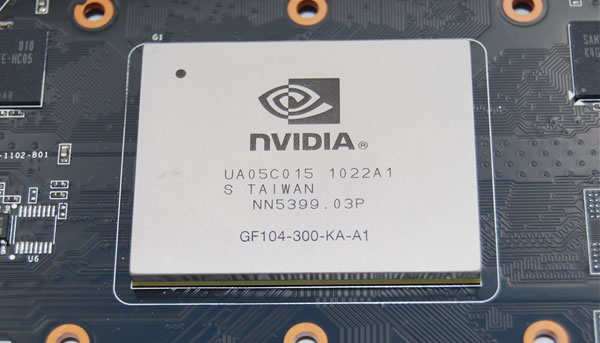Final Thoughts: A Winning GeForce
Nvidia has done an excellent job with the GeForce GTX 460 and it's the first graphics card from the green camp that we have genuinely been excited about from the get go in quite some time.
The GTX 460 768MB version is expected to retail for just $200 and has inherited the responsibility of taking on the Radeon HD 5830. So the first question we must address is how these cards compare? Using our 1920x1200 data we find that on average the Inno3D GeForce GTX (768MB) was 7% faster than the Radeon HD 5830. Not bad for a graphics card that costs the same, consumes slightly less power, runs cooler and quieter.
However, the real ace in the hole for the GeForce GTX 460 is its extreme overclocking ability. Without adjusting the GPU voltage in any way, we were able to boost the clock frequency from 675MHz to 865MHz. This results in a hefty performance gain, in games such as Call of Duty: Modern Warfare 2 for example, we saw a bump of over 20% allowing the Inno3D GeForce GTX (768MB) to mimic GeForce GTX 470's performance at a fraction of the price.

Looking at the 1GB variant of the GTX 460, we must give props to Palit who are showing an impressive product in the GTX 460 Sonic Platinum (1GB). It's rare to see these days a graphics cards using a custom PCB, cooling and factory overclocking on the same package and at launch time.
The 1GB version of the GeForce GTX 460 has been suggested to retail for $230-240, about 20% more expensive than the 768MB version. On paper the 1GB cards have 33% more bandwidth at its disposal thanks to the 256-bit wide memory bus. The Palit GTX 460 Sonic Platinum (1GB) is of course much faster than a standard 1GB card running at stock speeds. For a brief comparison of the two look at our overclocking section where we underclocked our Palit sample.
After seeing these results, it intrigued us what kind of price tag Palit would stick on their GTX 460 Sonic Platinum (1GB) graphics card. With 1GB cards that abide by the Nvidia specification suggested to retail for as much as $240, we now have an answer ($245). Very impressive.
At its factory overclocked speeds, we found the Palit GTX 460 Sonic Platinum to deliver roughly the same performance of the GeForce GTX 470 which costs considerably more, consumes more power and is louder. Moreover, when compared to the Radeon HD 5850, the GTX 460 Sonic Platinum was more often than not the faster board, all while saving you a hundred bucks in the process.

Outstanding products: Palit GeForce GTX 460 Sonic Platinum and Inno3D GeForce GTX 460
Nvidia and its partners know they have a killer product on their hands that they expect to sell in large quantities. By the time we were publishing this review and Nvidia was getting ready to officially announce the GTX 460 GPU, retailers like Newegg were already listing and showing cards of both varieties in stock (see here). As detailed before, you will find stock clocked 768MB boards selling for $199, stock 1GB boards at $220 and factory overclocked versions of either carrying a $20-30 premium.
Another interesting thought is that two Palit GTX 460 Sonic Platinum cards running on SLI would cost a whisker less than $500. A single GeForce GTX 480 retails for around that price and we are willing to bet that a pair of these Palit graphics cards would offer even greater performance.